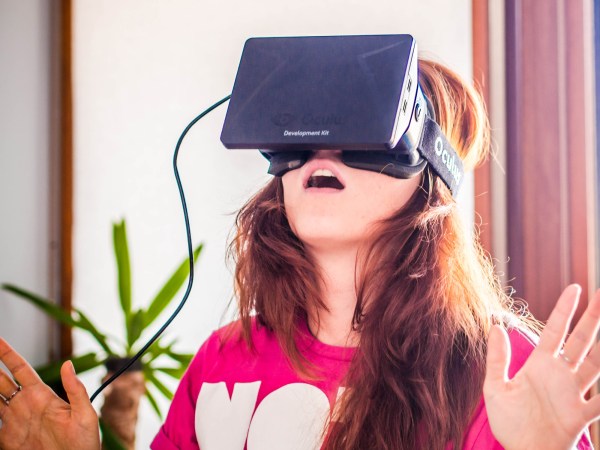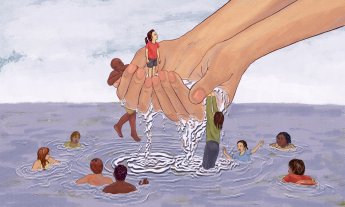
In Chris Kluwe’s TED Talk, the former NFL punter shares his excitement that augmented reality will soon be everywhere. He focuses on the role it will play in sports, particularly for fans who want to experience the action in the shoes of their favorite players. That’ll be very profitable for the sports entertainment industry — but is that all it’s good for? Toward the end of his talk Kluwe makes a call for a grander application of the technology: more empathy. Says Kluwe, augmented reality will allow us to experience new perspectives, “by literally showing someone what it looks like to walk a mile in another person’s shoes.”
Empathy is a loaded word, one that’s overused in our hyperconnected times. And, as neuroscientist Simon Baron-Cohen and other researchers have shown, there are actually two distinct kinds of empathy. “Cognitive empathy” is the “ability to imagine someone else’s thoughts and feelings” — that’s what Kluwe is referring to. The other, related to compassion and potentially harder to cultivate, is “affective empathy.” This, says Baron-Cohen, is “the drive to respond with an appropriate emotion to what someone else is thinking or feeling.” That’s why, while psychopaths are strong in cognitive empathy, they are weak in the affective kind; for autistic people, often, the opposite is true.
While Kluwe hopes for augmented reality that might help us understand the world through the experiences of others, maybe what we really need is augmented reality for emotions and thinking. What if you could overlay someone else’s history, memory and psychology onto your experience of the world? What if you could essentially try living as another person — not by donning a different physical identity, but by donning a psyche? To me, a more tolerant world needs both: recognition of other people’s different experiences and the emotional ability to respond to their suffering. If technology can help us do that, the future looks interesting indeed.
[ted id=2007]
Photo: Sergey Galyonkin/Flickr.















